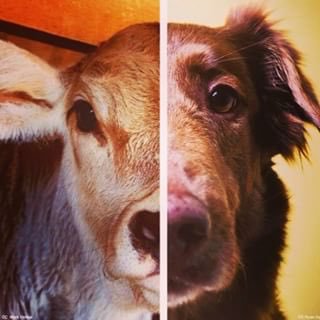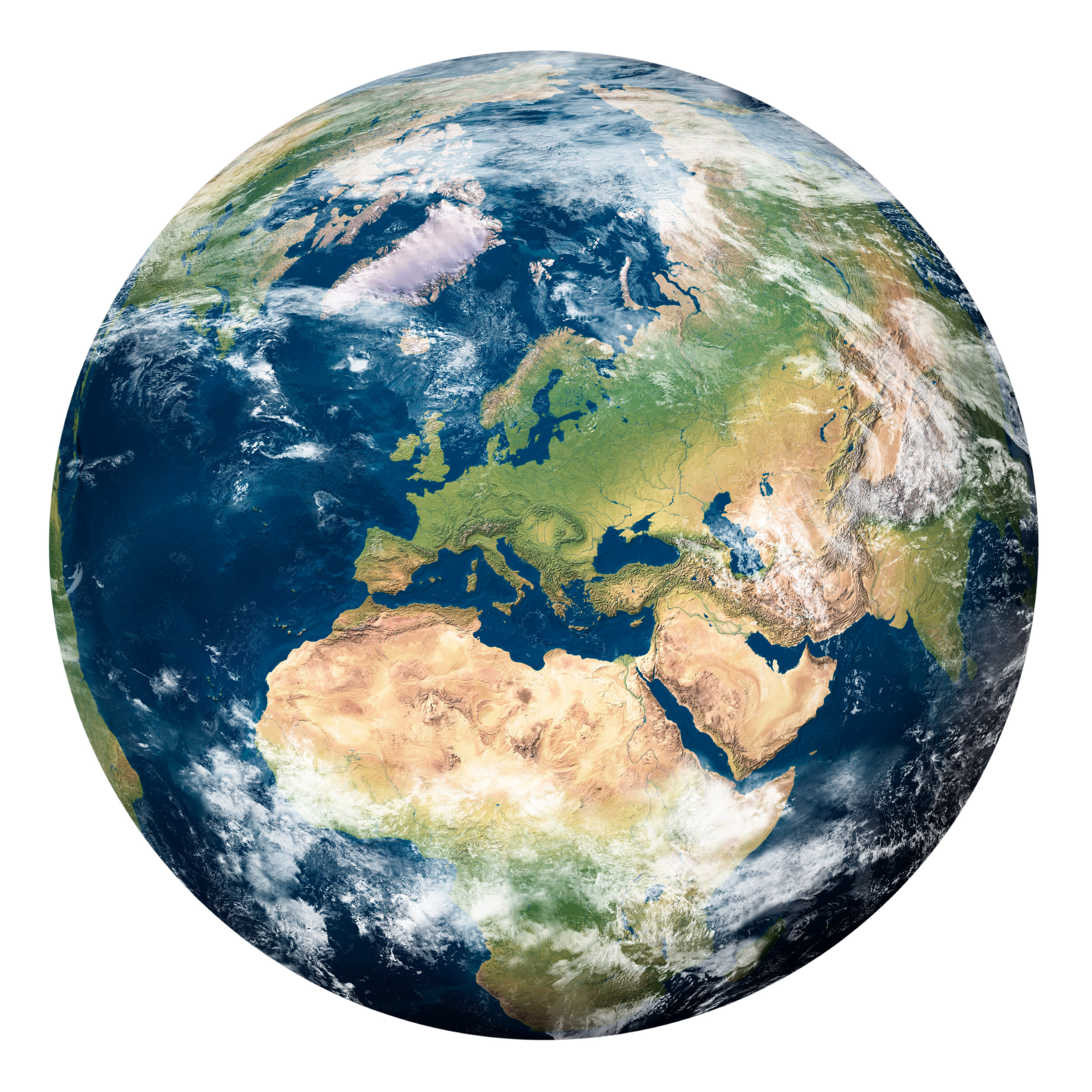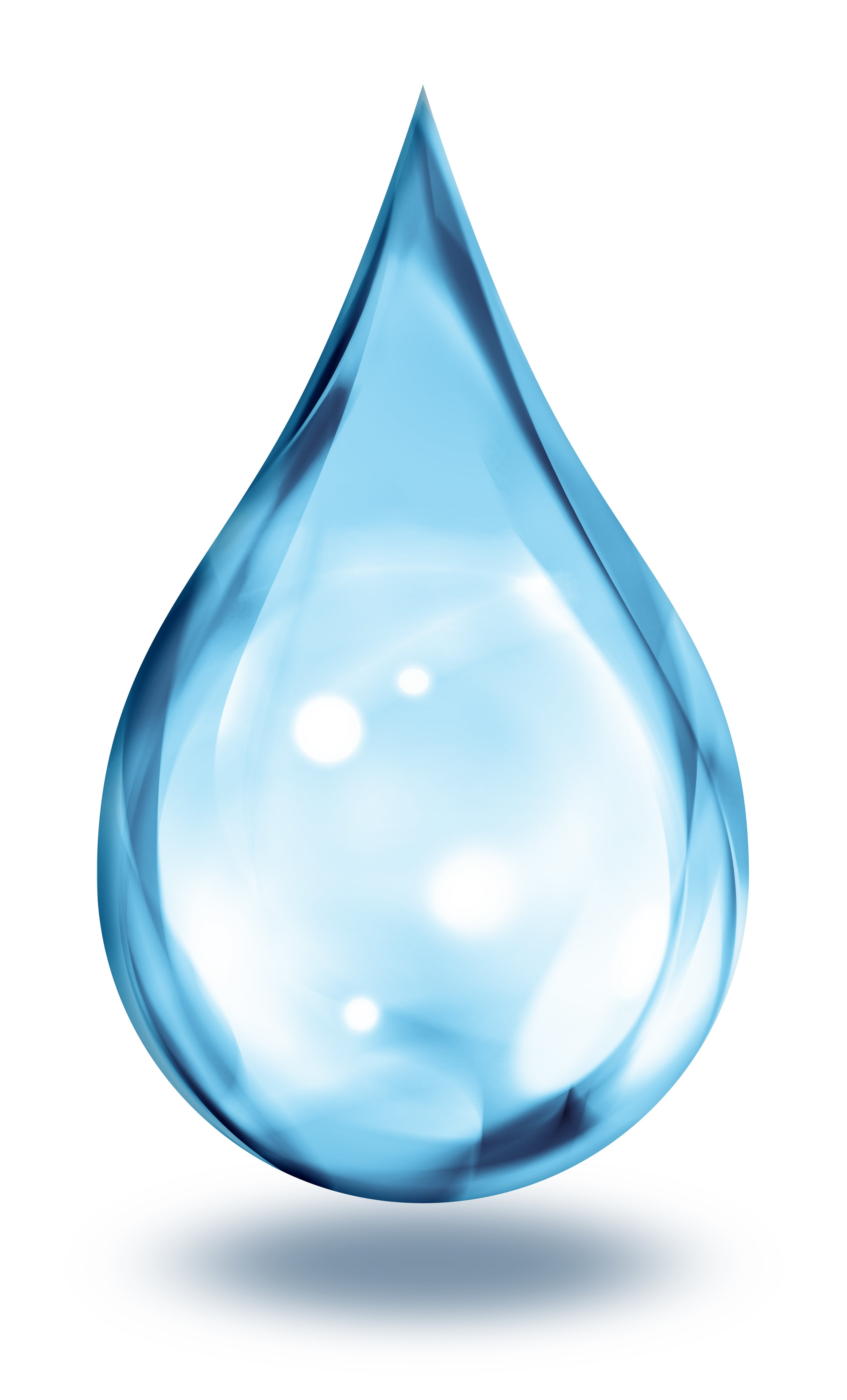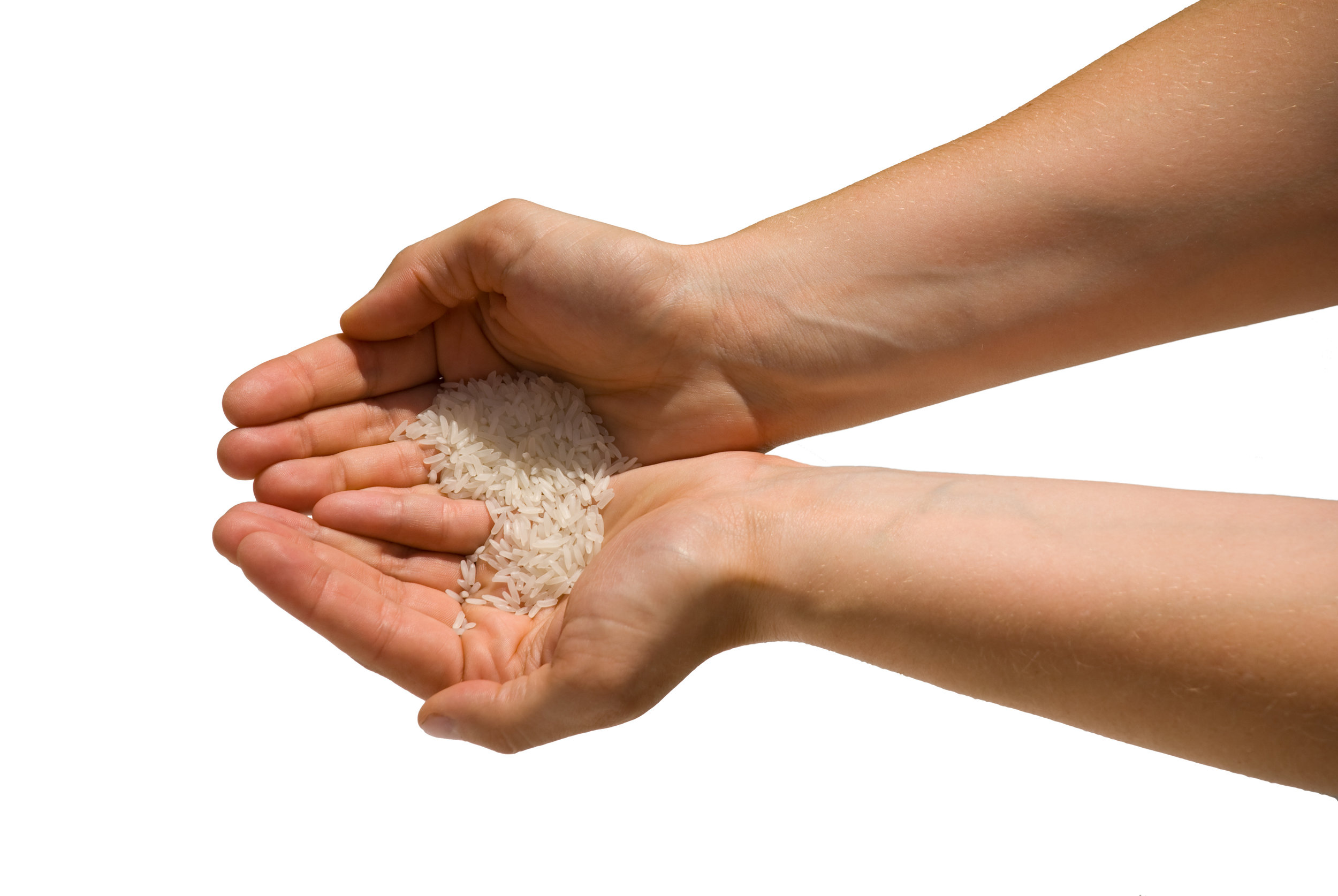VEGAN FOR THE ANIMALS
animal lover
Animals are a consistent part of human life. We share our homes with them, we feed them, bathe them and sometimes even share our bed with them. We consider them members of our family and mourn their deaths for many years to come. They may not be able to speak our language but they still communicate with us in a loving way. Humans often turn to them for emotional support in times of need. Yet, for other animals, we slit their throats and stick our forks into their flesh and wear their skin as clothing. The only difference between a baby calf and a puppy is our perception.
“Anything that you wouldn’t want done to your companion animal is not humane.”
COGNITIVE DISSONACE
If someone abused a dog or cat for entertainment or tradition, many of us would be up in arms! So how can we justify the horrific conditions we make farm animals endure just for the sake of our taste buds? Vegans are proof that we do not need to eat animals to be healthy. A lot of consumers address these types of inconsistency by purchasing products that are marketed as “humane” or as produced "ethically." However, there is always more to the story...
A HUMANE LIE
Labels such as “organic”, “local”, “grass fed", "cage free", “free range", “humanly slaughtered" create a false misleading impression in the minds of the public who would be both horrified and disgusted if they were able to actually see everything that happens to the animals whose lives are exploited and cut short in order to create these products. There are no special transport vehicles for “organic”, “local”, “grass fed", "cage free", “free range" animals. The process of transport is the same as conventional animals and is a miserable, often fatal experience. Animals are forced onto trucks with weapons, prods, and even forklifts. Inside, it doesn’t matter if the animals are terrified or in pain, as long as they get to the slaughterhouse alive.
Copyright: Anita Krajnc | Toronto Pig Save
stay wild
Define irony: the USDA protects livestock by killing wild animals.
Washington state killed the wedge pack of wolves.
There are more wild horses and burros in government holding facilities than there are free out on the range.
Ten thousand years ago, 99% of biomass (i.e. zoomass) was wild animals. Today, humans and the animals that we raise as food make up 98% of the zoomass.
MORE REASONS TO GO VEGAN
Click on an image below
references
"The USDA's War on Wildlife". Predator Defense
"Program Data: On Range Population Estimates as of March 1, 2016". Bureau of Land Management
Ede, Sharon. "The Bomb is Still Ticking...". Post growth: From bigger towards better. November 2010
Smil, Vaclav. "Harvesting the Biosphere: The Human Impact".
Population and Development Review 37 (4): 613-636 (December 2011)










